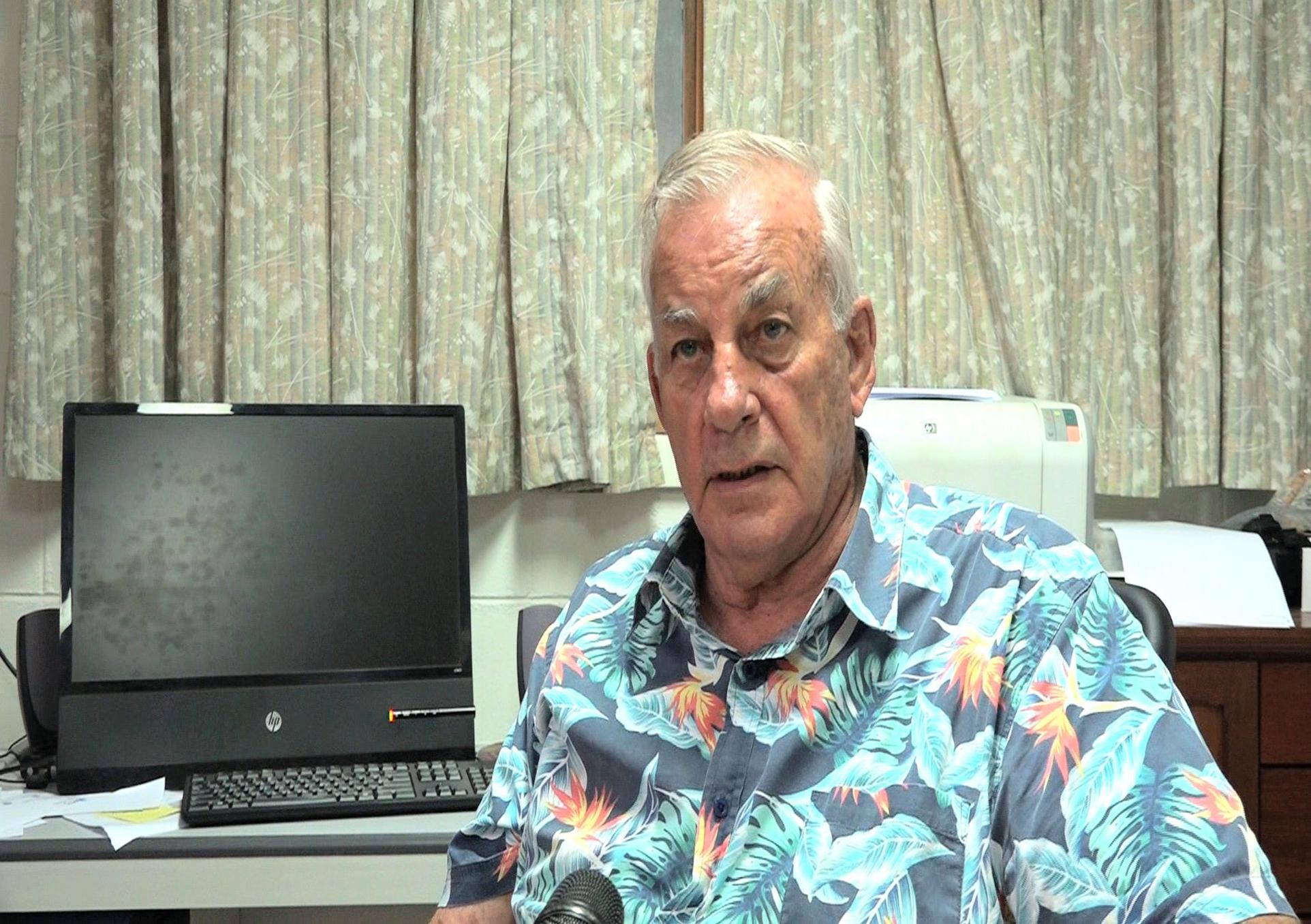A prominent Madang resident and tourist operator has repeated calls for community action on crime, and for government to encourage tourists to go to locations outside of tourism hubs.
Owner of the Madang Resort, Sir Peter Barter, points out that tourism numbers have declined by up to 30 percent in over 10 years due to various factors, including crime and airline delays.
The drop in numbers has not only affected Madang but East Sepik as well, where tourists used to flock every year.
Madang is arguably one of the most beautiful locations in Papua New Guinea with tourism facilities developed over a period of 30 years.
From the 1990’s to the mid-2000’s, the tourism numbers were at an all-time high with well-traveled visitors writing widely published reviews of Madang as an important tourism and cultural hub.
But over the last 10 years, tourist operators saw a steady decline in tourist numbers.
Sir Peter Barter, who has been the face of tourism for over two decades says a number of factors contributed to that decline. The factors include the deterioration of infrastructure and delays.
” We cannot operate reliable, viable tourism businesses while we have inefficient airline schedules,” Sir Peter said.
Sir Peter owns and operates the Madang Resort Hotel, while it is still considered a primary location for tourist accommodation, it doesn’t get the numbers it used to in previous years.
Outside of Madang there is increasing government emphases on developing tourism hubs in Milne Bay and the New Guinea islands. The impacts of which, the government hopes, will trickle down to other parts of the country.
“It was a totally wrong decision to create these tourist hubs. The reality is that the tourists would like to go where the facilities are,” Sir Peter added.
In recent years, one of the primary causes for the decline in tourism has been the increasing rate of crime, and ethnic tension. Between 2015 and 2016, there were at least six reported major clashes between groups of settlers in Madang.
Police numbers have remained low, with police not having the resources to adequately contain instances of violence without requesting for reinforcements.
The decline in tourism in Madang is not the not only one affected, the impacts have been seen along the Sepik river, where income sources generated by a once vibrant tourism industry have diminished.



1 comment
Are the national tourism figures really down by 30%? I’d like to see some statistical data on that. I can believe Madang tourism numbers are down, because the reality is Madang doesn’t offer the modern traveller what they want. Modern discerning travellers are not going to Madang as it has very little to offer both on a PNG national level and a global level.
Madang’s tourism infrastructure may well have been developed “over 30 years” but it is in general antiquated and not what travellers are seeking in the 21st century. The majority of accomodation in Madang is outdated, unattractive and has litle to offer in the way of good dining and similar. Tours in Madang are also operated with a 1980’s mentality and have little to offer the world traveller.
There is one big reason East Sepik’s tourism number’s will have declined over the 10 year period quoted, and that is that Sir Peter no longer operates his regular Sepik River cruises that were once a mainstay of East Sepik tourism. Ethnic clashes in MAdang have absolutely nothing to do with diminished tourism figures for the province and everything to do with there is nothing being offered to the visitor that is attractive enough to make them want to go there.